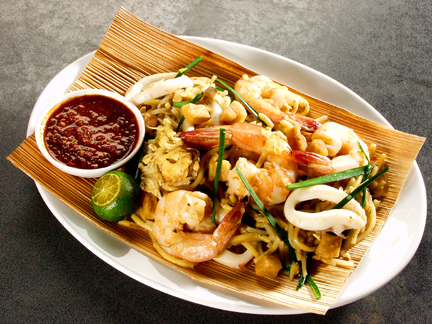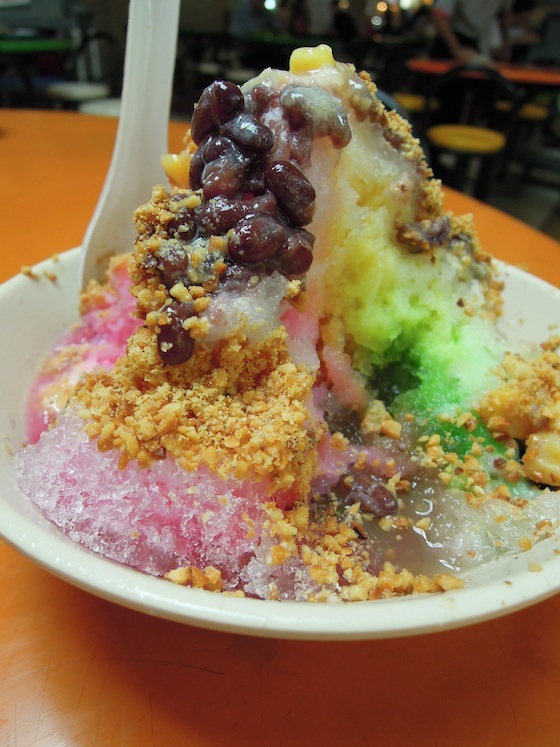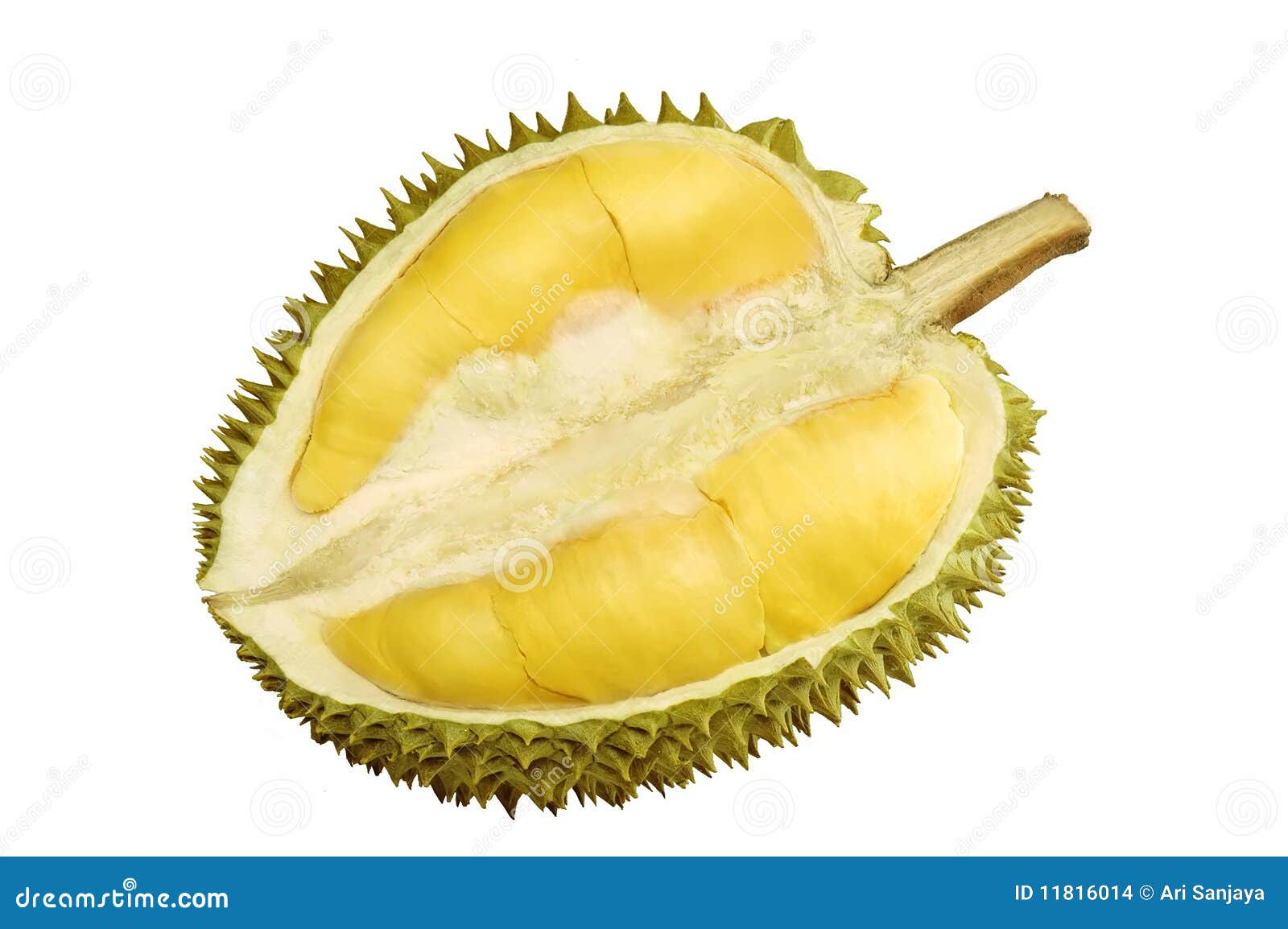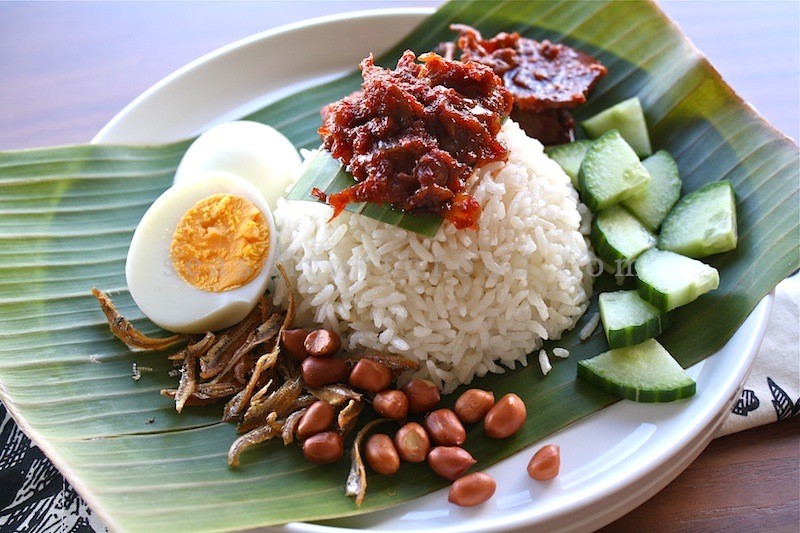30 Famous Local Foods to Eat in Singapore – Part Two

1. Fried Hokkien Prawn Mee
The Singapore Fried Hokkien Mee (noodle) fries a combination of egg noodles and rice noodles in a rich prawn stock. Slices of fried fatty pork, prawns, fish cakes and squids are added to taste. This dish was a product of post-war Hokkien noodle factory workers along Rochor Road who will fry the excess noodles they had. Another version easily confused by the same name is called the Hokkien Char Kway Teow which is cooked with signature thick dark soya sauce and uses only noodle or kway teow (flat white noodle).
Best Fried Hokkien Prawn Mee stalls:
Eng Ho Fried Hokkien Prawn Mee: 409 Ang Mo Kio Avenue 10, #01-34, Teck Ghee Square Food Centre, Singapore 560409
Ah Hock Fried Hokkien Noodles: 20 Kensington Park Road, Chomp Chomp, Singapore 557269 (closed once every fortnight)
Chia Keng Fried Hokkien Mee: 20 Kensington Park Road, Chomp Chomp, Singapore 557269
Original Serangoon Fried Hokkien Mee: 556 Serangoon Road, Singapore 218175
2. Satay
Satay or barbecue meat is skewered on a bamboo stick with turmeric marinated meat and grilled on open fire over the burning charcoal. It originated from Indonesia but has become a common hawker fare in Singapore and Malaysia. Stalls are not restricted to any race and may be operated by Chinese, Malays or Indians. Typical meats include chicken, beef, mutton and even pork which is only sold by Chinese stall owners. The sticks of satay and the ketupat (rice cake) which is rice pressed together like a square dumpling, are dipped into a spicy peanut sauce (some with added shredded pineapple), to be eaten with the side dish of onions and cucumber.
Best Satay Stalls:
Kwong Satay: 549 Lorong 29 Geylang Road, Sing Lian Eating House, Singapore 389504 (closed alt. Wed)
Haron Satay: 1220 East Coast Parkway, East Coast Lagoon Food Village, Singapore 468960
Chuan Kee Satay: Block 51 Old Airport Road, #01-85, Old Airport Road Food Centre Singapore 390051 (closed Mon, Thur)
3. Ikan Bakar and Babecue Sting Rays
In the past without a fridge/freezer was troublesome to preserve seafood such as fish. crabs, prawns and squids for the hawkers to sell these food. Barbecuing or frying fishes will mask the fishy odour and was the popular cooking choice after the food are being left in the open air for long time.
Also known as Ikan Bakar (barbecued fish), stingray used to be unpopular but has risen in price since Singaporean Malays figured out using sambal to spread on top of sting rays and other seafood to make the dish more delicious. It is traditionally wrapped in banana leaf and barbecued, then a sambal paste made with belachan, spices, shallots and Indian walnuts is smothered generously all over the top. Lime is usually squeezed before eating the food.
Best BBQ Stingray stalls:
Star Yong Kwang B.B.Q. Seafood: Blk 127 Bukit Merah Lane 1, Alexandra Village Food Centre, #01-230, Singapore 150127
Chomp Chomp Hai Wei Yuan Seafood Barbecue: 20 Kensington Park Road, Singapore 557269
B.B.Q. Seafood: 3 Yung Sheng Road, Taman Jurong Market & Food Centre, #03-178, Singapore 618499 (closed alt. Thur)
4. Tau Huay (Dou Hua 豆花) Beancurd
Tau Huay is a Chinese dessert made with beancurd tofu that is sweetened with sugar syrup. The traditional type is very soft, slightly, grainy and soaks in sugar syrup to be eaten together. This Tau Huay can be eaten hot or cold, sometimes with tang yuan (flour balls), grass jelly or soya bean milk added as well.
In recent times, a popular more gelatine, jelly-like version of Tau Huay has surfaced and for a period, drove Singaporeans to queue for it. This version is smoother and can incorporate pretty much any flavour like mango, melon or sesame. The texture is distinctively different from the traditional types and some camps advocate against it due to unnatural stabilizers used.
Best Tau Huay stalls:
Rochor Original Beancurd: 2 Short Street, Singapore 188211
Lao Ban Soya Beancurd (gelatine type): #01-127 and #01-107 Old Airport Road Hawker Centre, 51 Old Airport Road (closed Mon)
Selegie Soya Bean: 990 Upper Serangoon Road, Singapore 534734
5. Ice Kacang (lit. ice beans)
A grinding machine is used to produce the shaved ice and stacked like a mountain in a bowl of assorted ingredients like red bean, attap chee (palm seed), agar agar jelly, chendol, grass jelly or any other fillings added for additional flavors. Evaporated or condensed milk is then drizzled on the top together with red rose syrup and sarsi syrup to produce the multi-coloured rainbow effect. Variations may include peanuts version on top, drizzling with gula melaka (coconut suga), adding ice-cream or other novelty toppings like Durian or chocolate syrup. It is a nice cold dessert after eating a hot meal.
Best Ice Kacang stalls:
Annie’s Peanut Ice Kacang: 20 Ghim Moh Road, #01-35, Ghim Moh Market & Food Centre Singapore 270020
Mei Heong Yuen: 65-67 Temple Street, Singapore 058610
An Ji Xiang Hua Ice Jelly: Blk 335 Smith Street, #02-183, Chinatown Complex Market, Singapore 050335
6. Chwee Kway (水粿 lit. Water Rice Cake )
Another breakfast dish seen regularly in Singapore and Johor with stalls opening in the morning and close by lunch. Rice flour and water are mixed together to form the rice cake, then put into little cups and steamed to produce the typical Chwee Kway bowl-like shape cake. It is topped with chai poh (preserved radish) and chilli. Chwee kway is a dying trade that the young generation does not want to carry on, so try it before its gone forever.
Best Chwee Kueh stalls:
Ghim Moh Chwee Kueh: 20 Ghim Moh Road #01-31, Ghim Moh Market and Food Centre, Singapore 270020
Bedok Chwee Kueh: blk 207 New Upper Changi Road #01-53 Singapore 460207
Jian Bo Shui Kueh: 30 Seng Poh Road, #02-05, Tiong Bahru Market and Food CentreS(168898)
7. Durian Fruit
Widely regarded by many as the ‘king of fruits’ in Southeast Asia and the national fruit of Singapore. Singapore even has a building modeled after the shape of the durian (Esplanade Concert Hall). Most foreigners are turned off by the strong ‘pungent’ smell, while locals adore the sweetness of the flesh so much that they turn it into desserts, cakes, tarts and even shakes.
Many expensive and popular strains of Durian have surfaced like D24 or the Mao Shan Wang (猫山王), which are even stronger in fragrance. There is a taste preference for either the more bitter variety or sweeter flesh. Whether you love it or hate it, you can always smell it when it’s in the room, leading to ban in many public areas like the trains, hotel rooms or buses.
Best Durian stalls:
Wonderful Fruit Enterprise: 147 Sims Avenue, Singapore 387469
Ah Seng Durian: Blk 20 Ghim Moh Road, #01-197, Singapore 270020
Hoe Seng Heng Durian Centre: 49 Sims Ave, Singapore 387413
8. Biryani
Biryani is a fried rice dish of Indian Muslim influence made by using distinctive long grain rice, usually with Basmati rice cooked with many spices such as tumeric. Meats such Chicken, beef or fish are added to the rice. Spices used are heavy in flavour like tumeric, cinnamon, cloves, nutmeg and bay leaves. The resulting rice grains is usually yellow in colour and is very dry. It is accompanied by cucumber, onions, pineapples, curry or chutney when serving.
Best Biryani stalls:
Bismillah Biryani Restaurant: 50 Dunlop Street, Singapore 209379
Taj Authentic Indian Cuisine: 214 South Bridge Road, Singapore 058763 (closed Sun)
Ali Nachia Briyani Dam: 5 Tanjong Pagar Plaza, #02-04, Singapore 081005 (closed Sun)
Koothurar: Block 17, Beach Road, Singapore 190017 (closed alt Tues)
9. Nasi Lemak ( coconut rice)
Nasi Lemak is a very versatile dish, as it was once a breakfast item, it is now eaten all day in lunch and dinner too. Traditionally served on a banana leaves and it is a deeply rooted Malay coconut rice dish. The rice is steamed with coconut cream to give it a sweet fragrance. The typical Nasi Lemak set comes with Ikan Bilis (anchovies), peanuts, egg and sambal. A good sambal (chiili paste cooked with chopped oinions) is arguably the mark of a good cooked Nasi Lemak.
It is so popular in Singapore, that other races have adopted it in their own variations and offer a wide selection of ingredients like fried chicken drumsticks, luncheon meat and squid balls.
Best Nasi Lemak Stalls:
Ponggol Nasi Lemak: 965 Upper Serangoon Road, Singapore 534721 (closed Thur)
Selera Rasa Nasi Lemak: 2 Adam Road, Adam Food Centre Singapore 289876
Chong Pang Nasi Lemak: 447 Sembawang Road, Singapore 758404
Mizzy’s Corner: 2 Changi Village road, #01-55, Changi Village market and food centre, Singapore 500002
Boon Lay Power Nasi Lemak: Blk 221B Boon Lay Place, Boo
10. Mee Siam
Popular among the Muslim community as well as Chinese, Mee siam has been absorbed into Singapore’s Nonya culture. Mee Siam means “Siamese noodles” is cooked with vermicelli soaked in a sweet and spicy gravy flavoured by tamarind (assam), dried shrimp and tau cheo (fermented bean paste). It usually comes with a boiled egg, bean sprouts, tau pok (beancurd puff) and is garnished with chives.
Best Mee Siam stalls:
Dju Dju Indonesian Food: Blk 304 Serangoon Ave 2, #01-14, Singapore 550304 (closed Mon)
Robert Mee Siam Lontong: Blk 91 Whampoa Drive #01-43 Makan Place, Singapore 320091
Wak Limah Stall: 320 Shunfu Road, #02-15, Shunfu Food Centre Singapore 570320
Related Guide: Affordable Romantic Restaurants in Singapore










Comments
Post a Comment